Subverting ‘The Intolerable Narrative’
A dark room with radiating, glowing lights greets the audience as they walk into the exhibition Subverting ‘The Intolerable Narrative’ in the upstairs gallery space of Firstdraft, Sydney. Creaking floorboards add to the eclectic objects and imagery around the room. Windows are covered up, and only spotlights highlight the works. The pathway is dark and creates an immediate resistance to the exhibition. The audience is working to negotiate the space as soon as they step into the room. However, the artworks seem to resist the uncomfortable feeling inferred by the dark gallery. The space feels like a shrine, with the luminous installations bringing a sense of reflection. The accompanying essay, of the same name, details the ways the artists use their artworks to explore their personal traumas.
The intimacy of the room is enhanced, not only by the small, dark space, but also from the artworks’ elevation, three of which feature soft, hanging textiles. The other two works glow, one placed on a plinth, the other seeming to be hovering above the ground due to the glowing green lights. The dreamy artworks that put the viewer into a state of reflection and meditation are given their moment. With the artworks placed higher than the audience, the audience is left feeling like they are floating through the works.
Glowing white, yellow, peach ceramic shell-like objects sit up on a waist-high plinth from Biri and Juru artist, Kirra Weingarth. Connections Reignited (2019) is the first memorial of the room, to the Stolen Generations. Each piece of ceramic is fired in a pit filled with feathers, shells, macadamia shells, found sea objects, cabbage palm and sea pods. White porcelain objects leave the pit with the trauma of firing etched onto their skin in the form of dark marks from the scorched found objects. Yet the artist has created a peaceful reflection, to remember the beauty of life within each stolen child who lost their culture and country in the continued colonisation of Australia.
Behind Connections Reignited are a backdrop of hanging gold and flesh coloured ‘paint skins’ from Alice Springs-born, Sydney-based artist Carmen Glynn-Braun. An artist from the Southern Arrernte, Kaytetye, and Ammatyerre nations across Central Australia Glynn-Braun explores the colonising of skin colour. Cleansed (2019) highlights the visual residue of the devastation of the Assimilation Policy and subsequent Stolen Generations. The hanging artwork ranges from light to dark, decorated with foundation make up, with the underside revealing a layer of 24k gold enamel spray paint. They continue the theme of memorials in the exhibition, serving as beautiful memories embodied in soft textiles, that resist re-traumatising victims but do not allow the audience to forget the horrors.
The audience is left still and silent to face the rest of the gallery, a space for sanctuary, safety, a memorial. Turning and facing outwards the viewer is met with hanging mosquito net which splits the room and mirrors the glowing shells and skins behind them. Cambodian-Australian artist Linda Sok brings the site-specific Soft Monument (2019) to the exhibition, as she invites the audience to remember the Cambodians who faced genocide from the Khmer Rouge with soft, slowing textiles. The gold leaf pressed onto the nets appear like the flames from the Chinese practice, brought to Cambodia, of burning Joss paper in a memorial to the dead.
Behind her installation, three red superhero capes are hung on the wall, with a two-part video work by Kamilaroi/ Gamilaraay artist Dennis Golding wearing the red cape, in a work titled Revisiting (2019). The artist sets up his space to remember Cook’s landing in Botany Bay with his rendition of a ‘Super Aborigine’ posed in a stance of defiant resistance.
Stella Chen’s What I thought I'd lost was residing in your memory in me (2019) appears as a shrine in the back corner of the room. Green neon lights are crossed in a grid format over a scattered collection of mixed objects, including rice, yam and an apple. Completing the work is a performance, from the Tawainese-Australian artist where she conceptually relieves her grandmother’s experience of the ‘White Terror (a period of Martial Law that occurred between 1949 and 1987), which saw extreme violence exercised upon civilians by the Chinese Nationalist government (KMT party).’ [1]
The curatorial narrative drives the exhibition, created through the curator Nikita Holcombe’s thesis proposition of Subverting ‘The Intolerable Narrative’ derived from Rancierè’s ‘intolerable image’. [2] The works are placed in-situ to explore the themes of grief and trauma, to demand reverence in the dark space. Holcombe says in her exhibition catalogue of the same name: ‘The effects of these traumas have not ceased, rather can be considered to be unresolved and continuing. The artists are not rendered silent, but rather the act of brutality they communicate reverberates within and beyond the confines of the gallery space.’ Questions are raised around the responsibilities of curators and artists toward the audience in providing a safe space that allows for the complex nature of the message behind the artworks to be explored. Holcombe proposes that subverting ‘The Intolerable Narrative’ requires digging into the murky depths and expanding from within. When producing art and exhibitions that reach into topics of Colonialism, genocide, and racism towards migrants; ones that look at history and the horrifying truths that come out from personal retellings, the question remains: how can we process this and move forward? This exhibition offers a different way to deal with the trauma. The artworks serve as a memorial to the lost, forgotten, and murdered; they are soft, but together, create resistance in the concept of ‘gentle aesthetics,’ the comfort of ignorance can no longer be admitted.
[1] Quote from the exhibition essay ‘Subverting ‘The Intolerable Narrative’ by Nikita Holcombe
[2] Jacques Rancière, The Emancipated Spectator. (London: Verso, 2009), p. 83.

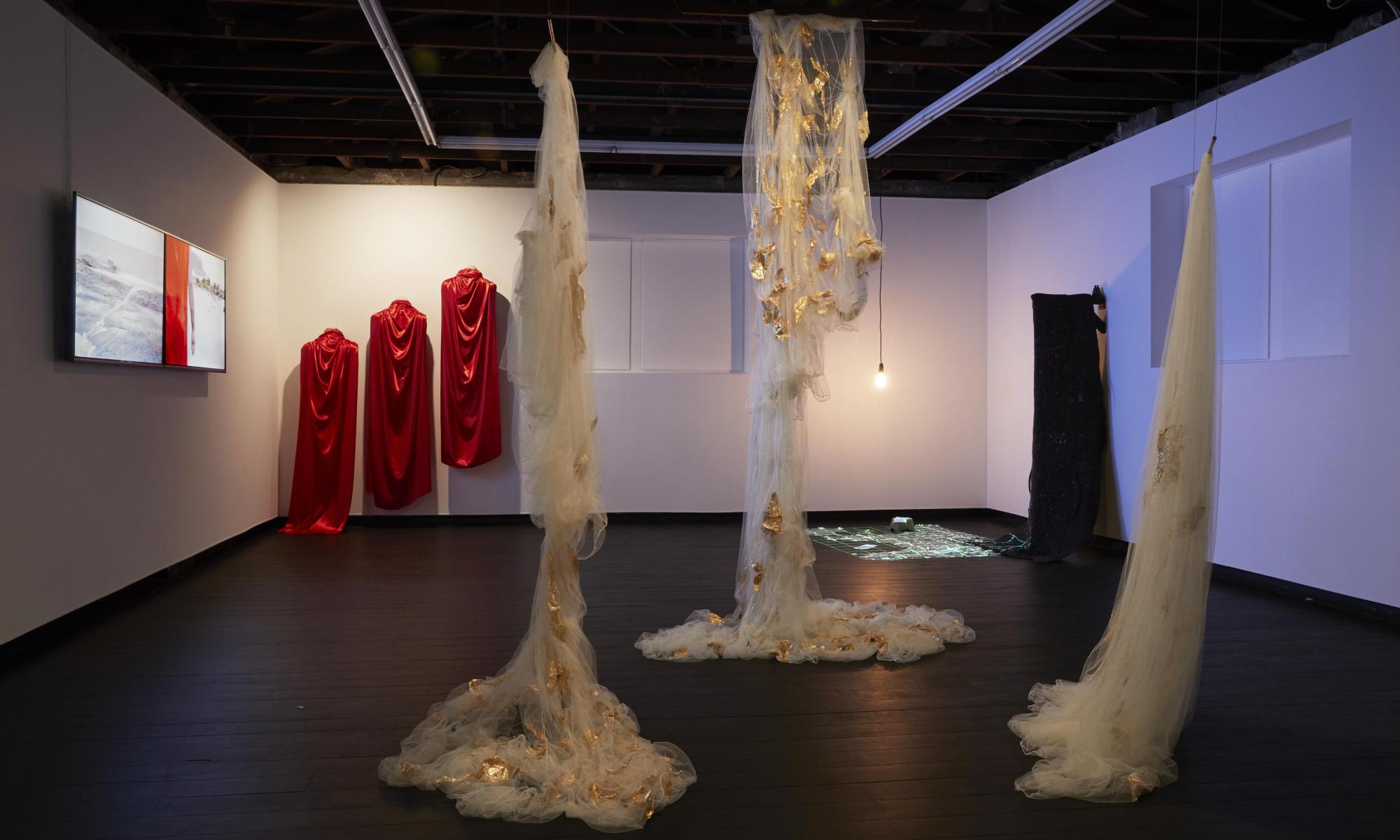
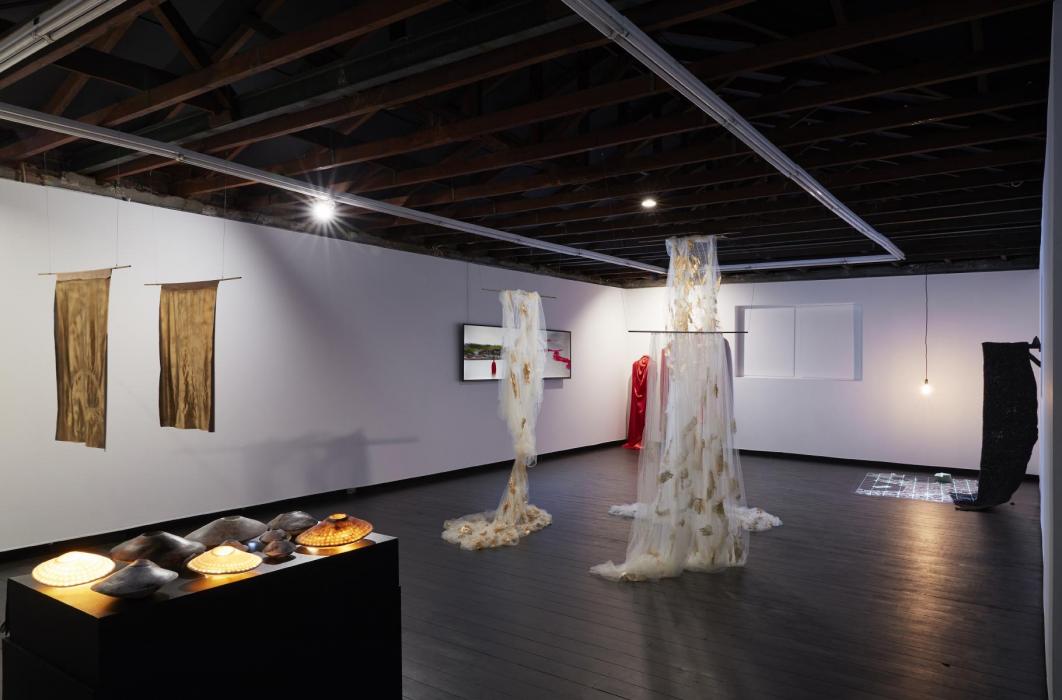
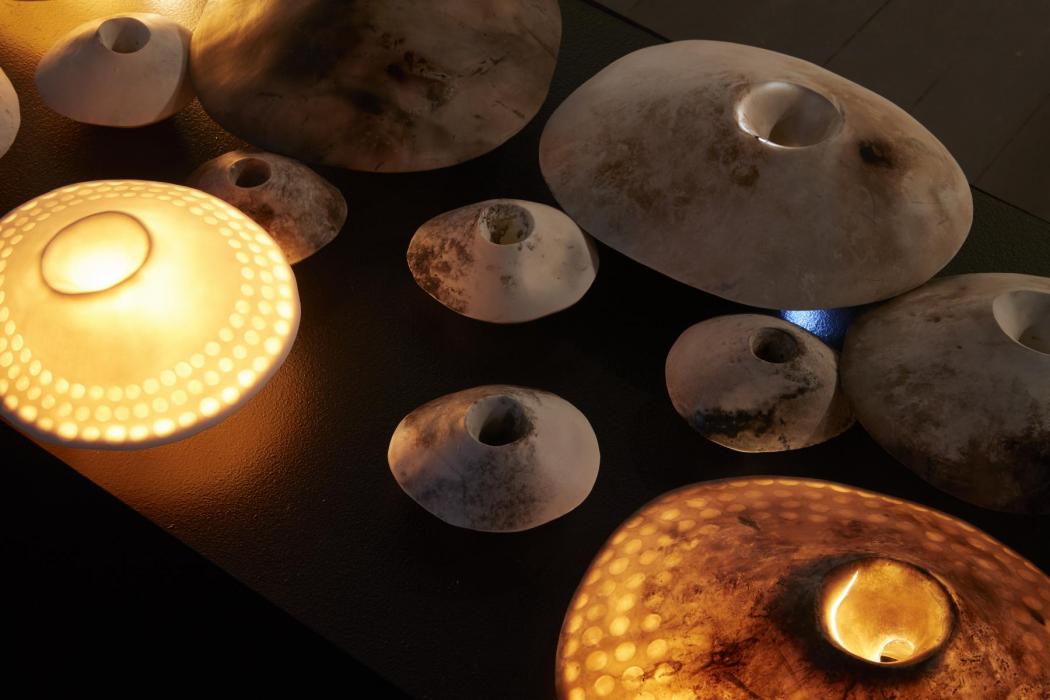
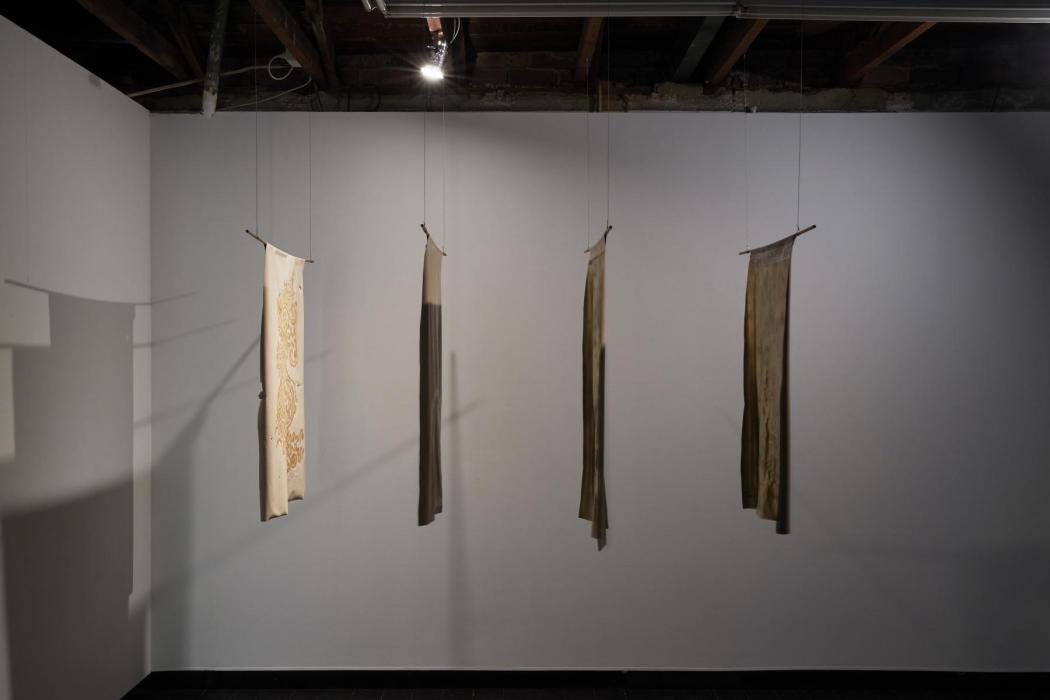
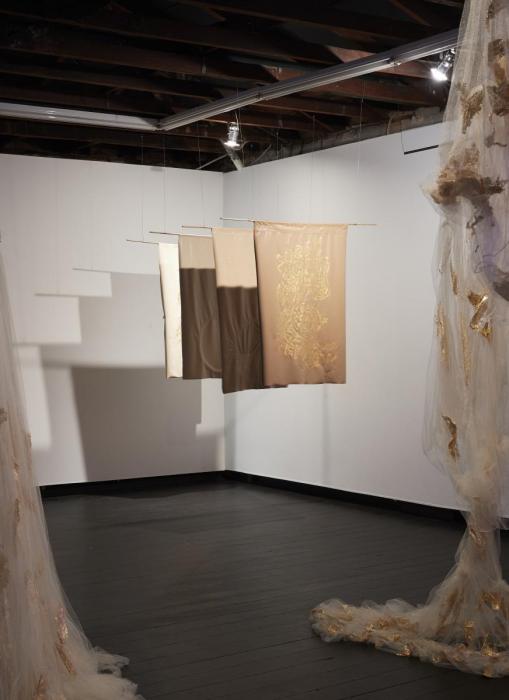
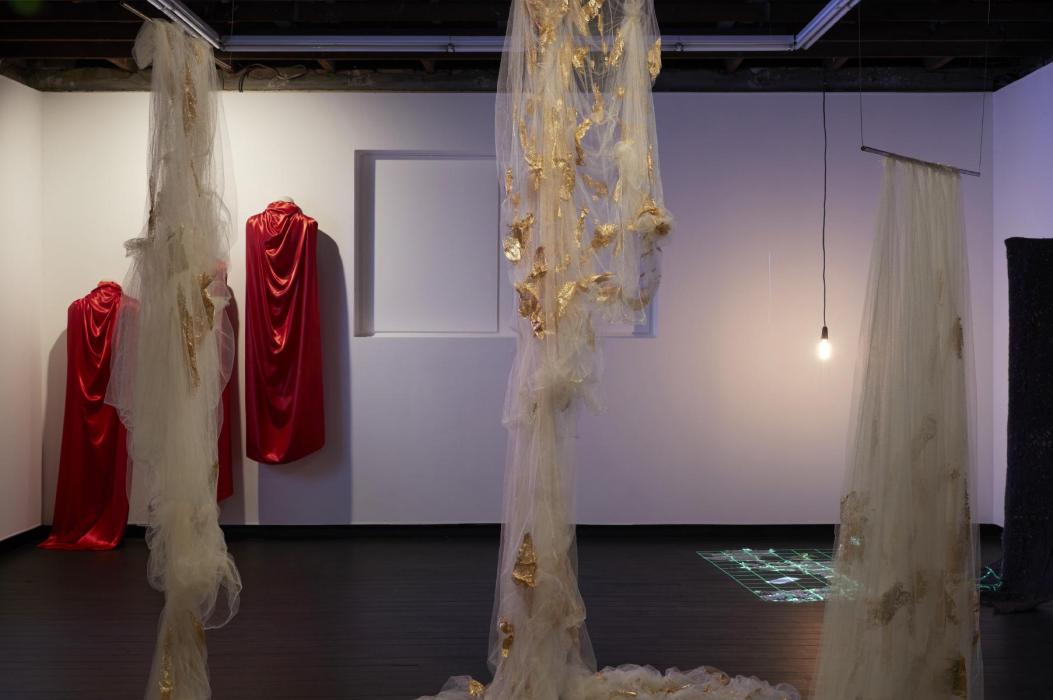
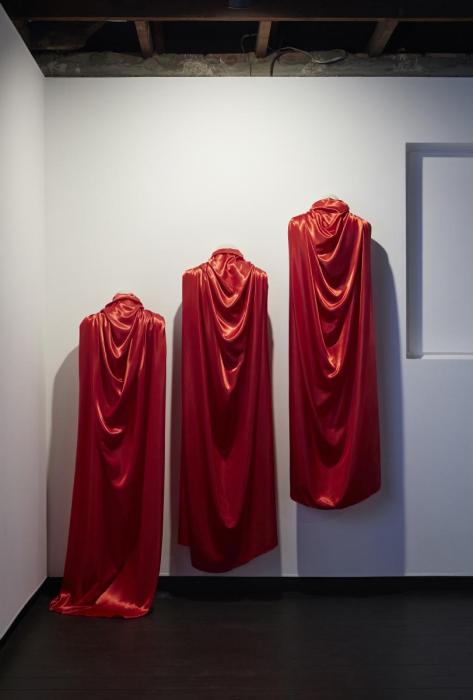
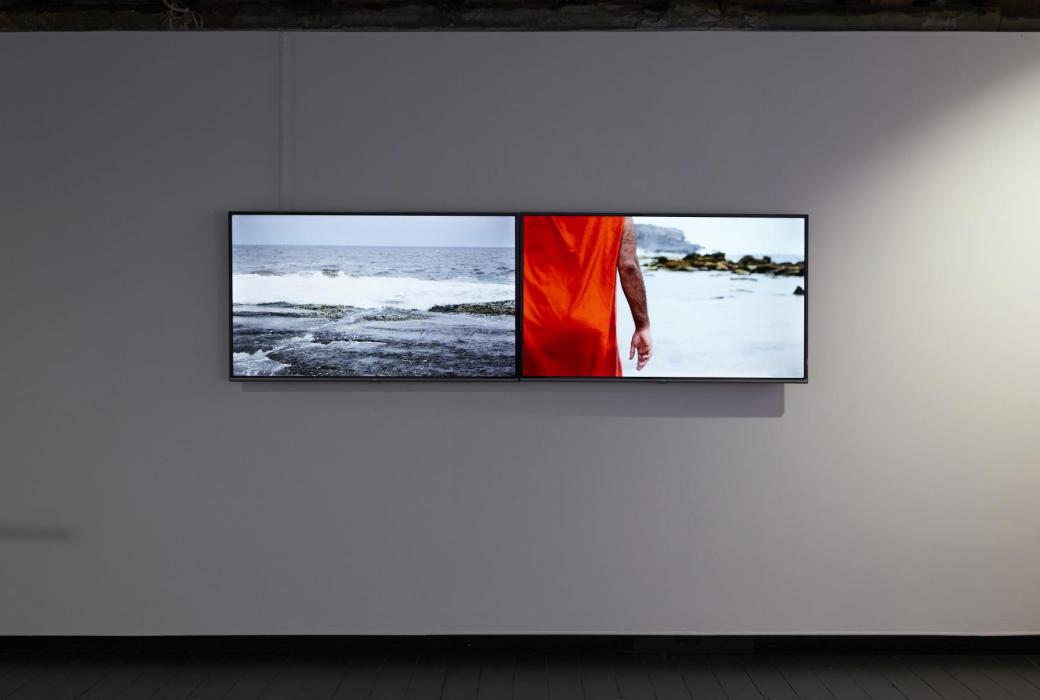
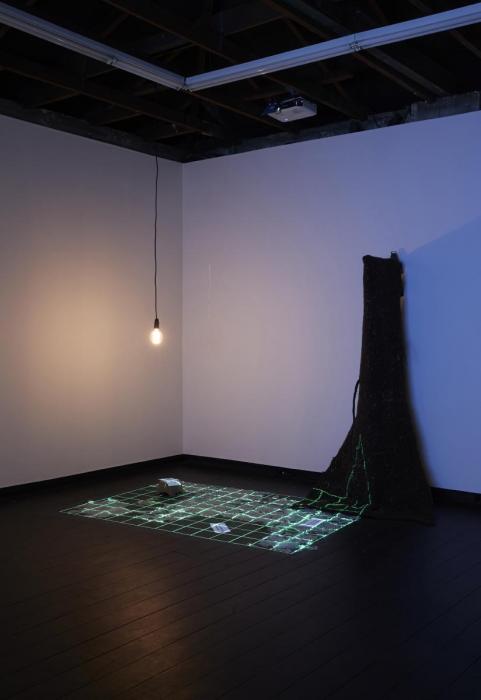

%20and%20Make%20Up%20Tutorial,%202018.%20Video%20installation%20with%20mixed%20media.%20Photo%20by%20Anna%20Kucera.%20Courtesy%20of%20Cement%20Fondu-itok=X8sLFqa4.jpg)